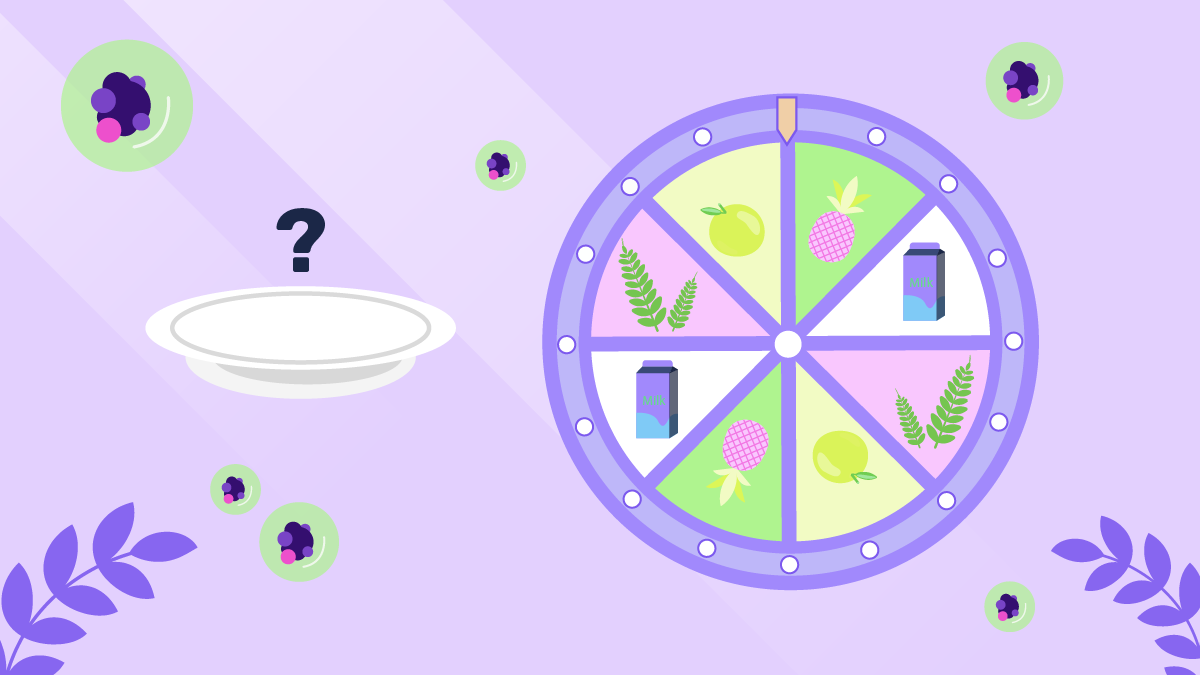Biotechnology on your plate
How enzymes can improve the quality of our food

Imagine you wake up in the 1800s. You live inside a little cottage home, and you spend your time making bread and fresh fruit juice daily. There is no such thing as the food industry, everything is natural and homemade. And even then, enzymes were involved in the process.
The truth is that enzymes have formed part of our food for a very long time. They are proteins present in any form of life, some of which have been used for making food for centuries! Nowadays, the food industry may use them in some cases to make products that last longer, have a better nutritional value or make our food more digestible.
Here we tell you about three common foods that are made using enzymes.
Cheese
You may know about rennet, a natural component that coagulates milk, separating it into curds and whey. Rennet is widely used in cheesemaking. In ancient times, it was extracted from the stomachs of young ruminant mammals, such as cattle, sheep, or goats.
Nowadays, rennet can also come from vegetal sources, allowing it to be used in vegetarian or vegan products. Rennet is made of enzymes, chymosin, which is responsible for milk curdling, being the main one. This enzyme breaks down casein, another milk protein, in a specific way, causing curd formation. This is the first step of the fromager when making different types of cheese, such as Cheddar, Mozzarella, Swiss…
Bread
Bread is one of the most ancient foods to exist. There are multiple kinds of breads, they are present in almost every culture and can be made with different ingredients. Not so long ago, people used to make their own bread by hand, but, in today’s Western world, most people buy theirs from a store.
In the making of bread, there are multiple steps until it finally reaches your cupboard, all of which take time. In the manufacturing of bakery products, amylase is a very commonly used enzyme, which breaks down carbohydrates. This enzyme is naturally present in small quantities in wheat flour. However, in the bread-making industry, it helps to improve the quality of our bread and its texture and to extend its shelf life.
Fruit juice
You might be able to squeeze fresh orange juice quite quickly for your own needs, but the reality is, in large quantities, quality juice production is nearly impossible without enzymes. Fruit processing industries use certain enzymes to enhance the quality of their products, as well as reduce the overall production cost.
Cells of most fruits and vegetables contain a molecule called pectin, which is a soluble fiber. We humans regularly consume this molecule as part of our diet. It can be digested by an enzyme called pectinase, which is produced by plants as well as other living organisms.
When making juice, the complex pectin structure of fruits complicates juice extraction, resulting in a lower yield of product. By adding pectinase to the mix, more juice can be obtained! Moreover, adding pectinase together with other enzymes, such as cellulase, reduces its viscosity and turbidity, resulting in clearer juice!
The end goal: food that’s good for us
As complex as they may sound, enzymes are just proteins that perform biochemical reactions, chemical reactions that take place in living organisms. They have been present in our ingredients long before our knowledge of their existence, allowing us to make certain foods.
Today, we know that enzymes are powerful biological tools that can be improved for multiple applications. We at RadicalZ, as well as our sibling projects, are invested in enhancing enzyme engineering, to support the creation of more sustainable products with the help of enzymes.
Here’s to making that future a piece of cake!

